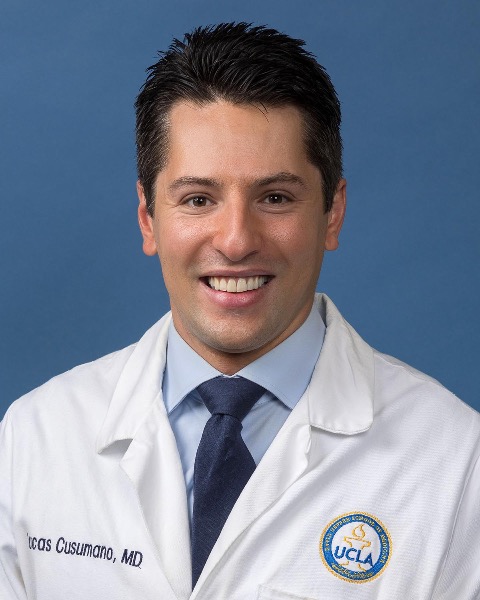Dialysis Interventions and Transplant Interventions
A hybrid neural network model to assist the prediction of AVF patency following percutaneous transluminal angioplasty procedures
- AC
Aichi Chien, PhD, FAHA
Professor
UCLA RadiologyDisclosure(s): No financial relationships to disclose
- HD
Huy Dinh, BS
Student
UCLA - AL
Ayush Lall, BS
student
ucla 
Lucas R. Cusumano, MD, MPH
resident
ucla
Justin McWilliams, MD, FSIR
Professor of Interventional Radiology
David Geffen School of Medicine at UCLA
Presenting Author(s)
Author/Co-author(s)
Purpose There are few predictive models of hemodialysis arteriovenous fistula (AVF) patency and function following percutaneous transluminal angioplasty (PTA). We developed a predictive model using patient-specific information collected during PTA and optimized its ability to predict post-procedural AVF patency at 3 months.
Materials and Methods:
Materials and Methods Based on multimodal data including medical history, ultrasound AVF blood flow, and interventional angiography, we first used a decision tree method to select relevant variables through exploratory data analysis. A novel hybrid deep learning model combining a 3D convolutional neural network with multi-layer perceptron to classify AVF by patency was then established by optimizing hyperparameter values, and training and testing results for different experiments.
Results:
Results Decision tree analysis determined that variables: ‘Age at Fistulaplasty’, ‘Reason for Intervention’, ’Pre-Proximal Qt2’, ‘Pre-Proximal cmax’, ‘Pre-US anastomosis’, and ‘Pre-US proximal vein’ had the highest feature importance, the first two of which are clinical variables, the next two are blood flow velocity parameters extracted using our previously developed angiogram based flow estimation software—PVEC, and the final two are pre-PTA ultrasound measurements. A grid search algorithm showed minimum validation losses at Learning rate: -0.1, Number of epochs: 20, Batch size: 10, and Momentum: -0.9. Results from main experiments incorporating all streams of data achieved a testing accuracy of 0.75 with a weighted F1-score of 0.75, and AUROC of 0.75.
Conclusion:
Conclusions Evaluating multimodal clinical data using artificial neural networks can be used to assist the prediction of AVF patency following PTA. Our findings showed that the hybrid model combining clinical data, imaging, and hemodynamic analysis can be useful for hemodialysis treatment planning. Further study on a larger cohort can be conducted to refine the model’s accuracy and efficiency for a broader patient population.

.png)
.png)
.jpg)
.png)
.png)
.png)
.png)
.jpg)
.jpg)